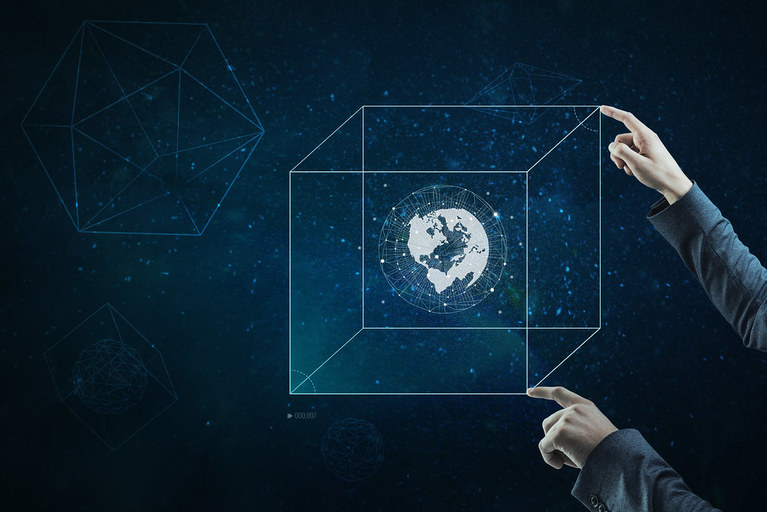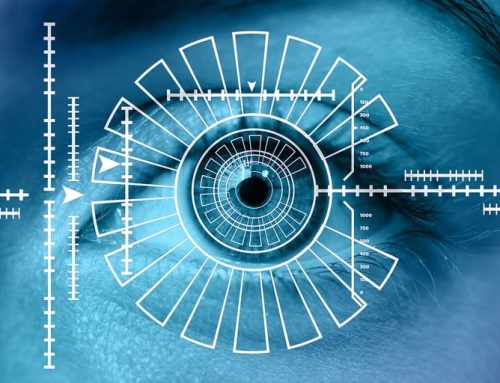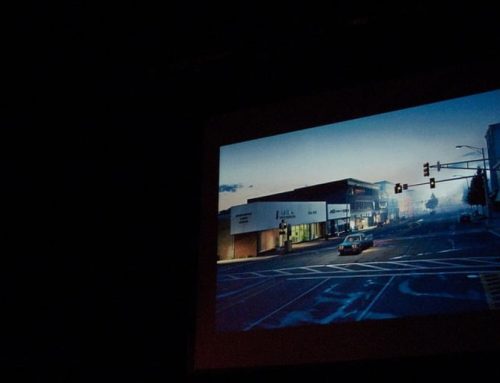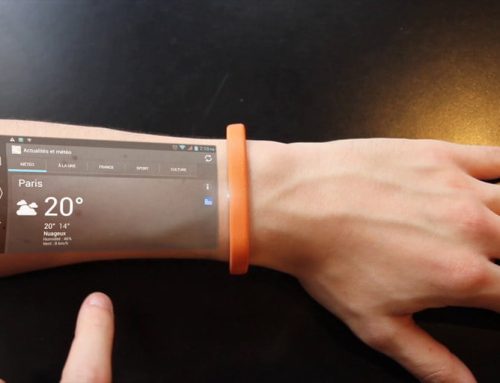
Human beings are using pictures and painting to preserve their memory either in digital form or in painting forms. We all have seen the creation of digital images in various Display Devices but most of the devices are using several lenses for the creation of images/pictures. Today we are going to explain the technology that is unique in this sense. This technique is not using any lens to build photographic images. It is a Laser Holography technique. Let’s brief the science behind this.
What is Laser Holography?
The term holography is self-explanatory, means of creating a unique photographic image without using any lens. The principle of holography was discovered by Hungarian electrical engineer Dennis Gabor. Gabor considered the possibility of improving the resolving power of the electron microscope. For this, he followed two steps, first by utilizing the electron beam to make a hologram of the object and the second is examining this created hologram with a beam of coherent light like LASER.

Holographic projection by smart phone
The Engineering Behind Laser Holography And Working Process:
In the Gabor original hologram model hologram was a record of the interference between the light diffracted by the object and a collinear background. The main problem with this model was creating three-dimensional realism in photographs. To solve this issue it is necessary that the light emitting from the source must itself be photographed. If the waves of the streaming light, with their multiple amplitudes of fast-moving crests and troughs, can be stopped or frozen for a movement and photographed, the wave pattern can then be reconstructed and will exhibit the same three-dimensional (3D) pictures as the object from which the light is reflected. The Holography accomplishes such a reconstruction by recording the phase and amplitude content of the reflected light waves of the light source. This light source is a LASER. The coherent and monochromatic nature of LASER light makes it useful for holography.
There are multiple processes to make a hologram of any object by using LASER light. Some of them are given below:
Continuous-wave laser holography:
This method uses a continuous wave laser system such as a helium-neon gas laser. After proper arrangements of optics to create an image and reference beam (for creating 3D view), an exposure time is required to allow for the interference pattern to create fringes. The continuous-wave laser method has a stability problem, however, it can be handled by using proper optical arrangement. To properly render the information in the hologram, the correct intensity must be allocated to the reference and object beams respectively which depends on viewing methods.
Gas lasers such as Argon-ion and Krypton-ion may also be used. The advantage of using Argon-ion laser is that green and blue coherent light can be produced at higher whereas Krypton-ion gas laser spans the whole visible spectrum range (from red to blue) and can also produce coherent beams outside visible wavelengths.
Pulsed laser holography:
This is another method of laser holography. The laser system available for the production of the hologram is a pulsed-ruby laser. The pulse duration can be less than 10-7 seconds; and, as long as the object does not move more than 1/10 of a wavelength of light during this short time interval, a usable hologram can be obtained. This method is useful for creating slow-motion holograms. The optical arrangements for specific types of holograms are essentially the same as with a continuous wave laser however special optical equipment needed to be used due to the presence of higher energy laser beams.
Application:
The holography application area is wide. It is not only confined to create three-dimensional images. Holography is also used to detect stress in materials. A stressed material will deform, sometimes so minutely that it is not visible. A hologram of that material can amplify this deformation or stress since the light reflected off of the material will now be at a different angle than it was initially (before deformation/stress). A comparison between the before and after holograms can determine where the deformation or stress in the object. Finally, holography is used in a new kind of computer systems and optical fibers also.
Thanks for reading. See you soon with another exploration!





